Review of Internecine Project, The
Introduction
Spies must be having a miserable time of it nowadays. Mobile phones are ubiquitous, capable of doing a hundred different things, including snapping clandestine pictures. The Internet connects the whole world, someone in Australia can chat to someone in Afghanistan in one of half a dozen ways. Encryption programs are easy to download allowing the average person to send secret files with ease. Gadgets everywhere continue to be miniaturised, to the point that it`s worth taking insurance out on objects the size of a chocolate bar. What was once the world of James Bond now constitutes the mundane contents of the average handbag. When the essential tools of spy craft are available for all to own, where`s the glamour? Spies must look back nostalgically on the days of the Cold War, when the lines between the good guys and bad guys were clearly delineated, when hi-tech objects cost the Gross National Product of small third world republics, and when weapons of mass destruction definitely existed, because we sold the bloody things. All the best spy movies were made during the Cold War as well, and from Fremantle Entertainment comes The Internecine Project. Made in 1974 with a transatlantic cast, this promises plenty of spy action.
Robert Elliot is a man with the world in the palm of his hand. Respected scholar and influential economist, he`s just about to be appointed right hand man to the President of the United States. This is where his problems begin, as he also leads a double life running an espionage ring in London, one with tentacles stretching into the British government, the scientific establishment and big business. E.J Farnsworth, the man who sponsored him to high office reminds him quite naturally, that he can`t have any loose ends lying around tying him to a nefarious double life. He comes up with a convoluted plan to have all four of his operatives kill each other on the same night. But what is it they say about the best laid plans of mice and men?
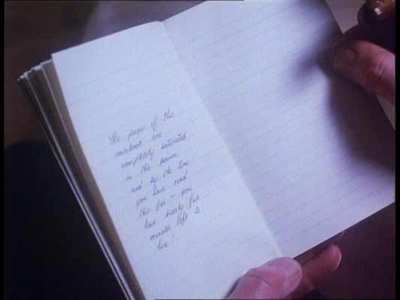
Video
The Internecine Project comes on this single layer disc in a 4:3 regular transfer. I didn`t notice any sign of cropping, so I assume that it is the original aspect ratio. It isn`t that important as the transfer is quite dismal, owing to the state of the original print. It`s washed out, heavily print damaged and stricken with grain. Black levels are lacking, and some scenes flicker quite ominously.

Audio
Similarly there is a rather less than stellar DD 2.0 mono English track on this disc. The dialogue is clear, but the sound is distorted in the higher frequencies. The clink of whisky glasses sounds painfully strident. Roy Budd composed the music to The Internecine Project, and similar to many thrillers of the seventies, he gives the soundtrack plenty of tabla.
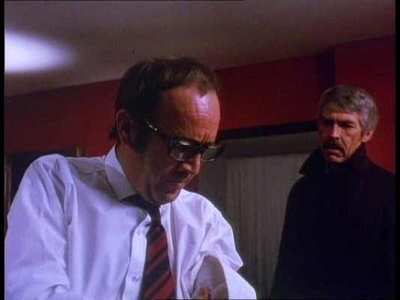
Features
Nothing, not even subtitles.
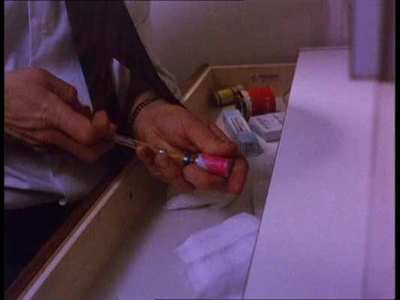
Conclusion
The Internecine Project is one of those films that show its age more than most. It`s not just the seventies fashions, the preponderance of dial telephones or the fact that drinking and driving is still legal, but rather the dialogue is creaky and the mechanics of the plot strain the bounds of credibility, including the presence of a sound weapon. There was a time in the sixties and seventies that every spy movie or TV show needed a sound weapon just for spy credibility. In retrospect the idea is just laughable, and certainly detracts from the plot here. The cast is splendid, as when you have the likes of James Coburn, Harry Andrews, Keenan Wynn and Michael Jayston, there will be no shortage of charismatic performances. Harry Andrews is rather disconcerting as a misogynistic masseuse, and James Coburn plays the part of manipulative bastard with a combination of ice and steel. He choreographs the events of the night like a master chess player, but is threatened when an old flame turns up unannounced.
It`s just that despite the short 85-minute running time, the film still feels bloated and stretched, the pace is often languid and more time is spent on character development than really necessary. It`s an extensive build up to the final twist, in a story that could have been better told in an hour or so. The rather thin second act lets the story down, with the assassinations handled rather mundanely and quickly. Nevertheless, it`s rare to find a film with no heroes whatsoever, and the Internecine Project certainly has a tantalising premise. I wonder how this film would turn out, set in today`s technologically connected world. It`s a premise worthy of being revisited. As it is, while the film is certainly worth watching once or twice, the presentation on this disc is atrocious, although that`s down to the state of the original print.
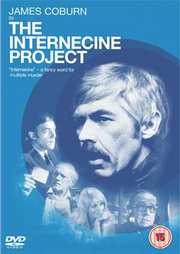




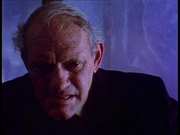
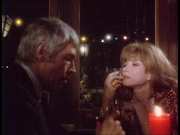
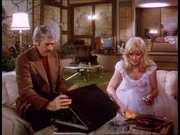
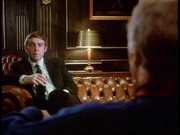
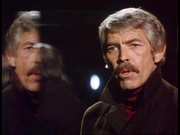

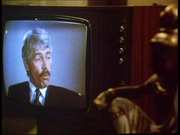

































Your Opinions and Comments
Be the first to post a comment!